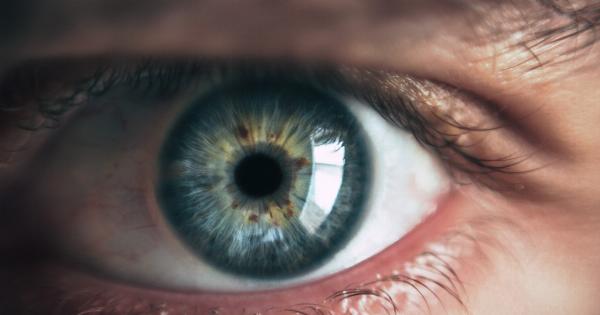Macular degeneration or age-related macular degeneration (AMD) is a chronic, progressive eye disease that affects the macula – the central part of the retina responsible for sharp and detailed vision.
It causes blurriness and distortion in the central vision, making it difficult for people to carry out daily activities such as reading, recognizing faces, and driving.
Understanding the Age Factors for AMD
AMD becomes more common as people age, which is why it’s commonly referred to as age-related macular degeneration. The risk of developing AMD increases after the age of 50 and is higher in individuals aged 65 years and over.
Studies have shown that genetics, heredity, lifestyle, and environmental factors play a role in the development and progression of AMD.
Lifestyle and Environmental Factors
Smoking is a significant risk factor for AMD. According to research, smoking doubles the risk of developing AMD and increases the likelihood of advanced AMD.
Ultraviolet (UV) radiation exposure from sunlight and blue light exposure from digital devices also contribute to the development of AMD. A diet deficient in nutrients such as vitamins A, C, and E, and minerals like zinc may also increase the risk of developing AMD.
Reducing Risk of AMD with Dark Leafy Vegetables
One of the best ways to reduce the risk of AMD and promote healthy eyes is by consuming dark, leafy vegetables.
The American Optometric Association (AOA) recommends consuming at least 12mg of lutein and zeaxanthin – two carotenoids that are found abundantly in green leafy vegetables.
Benefits of Lutein and Zeaxanthin for Eye Health
Lutein and zeaxanthin are powerful antioxidants that protect the retinal cells and tissues against oxidative damage caused by free radicals. They help to filter out the damaging blue light that can cause AMD and other age-related eye diseases.
Clinical research has shown that consuming lutein and zeaxanthin-rich foods can help to improve visual acuity and contrast sensitivity, reduce the risk of cataracts, and slow down the process of AMD.
Kale – A Nutritious Vegetable for Eye Health
Kale is one of the most nutrient-dense vegetables, and it’s packed with a variety of vitamins, minerals, and antioxidants that promote overall health and wellness.
It’s also a great source of lutein and zeaxanthin, with one cup of cooked kale providing approximately 23.7mg of lutein and zeaxanthin.
: Serving Suggestions for Kale
Here are some exciting ways to add kale to your diet:.
- Blend kale into a smoothie with other fruits and vegetables
- Sauté kale with garlic and olive oil
- Toss kale into a salad with other leafy greens, veggies, and a flavorful dressing
- Add kale to soups, stews, and casseroles
- Make kale chips by baking kale leaves with olive oil and sea salt until crispy
Conclusion
AMD is a common and potentially devastating eye disease that affects the quality of life for many people. However, steps can be taken to reduce the risk of developing AMD and promote healthy eyes.
Consuming dark, leafy vegetables like kale is a simple and delicious way to increase the intake of lutein and zeaxanthin – essential nutrients for eye health. With a healthy diet, regular exercise, and healthy lifestyle habits, you can protect your vision for years to come.




























